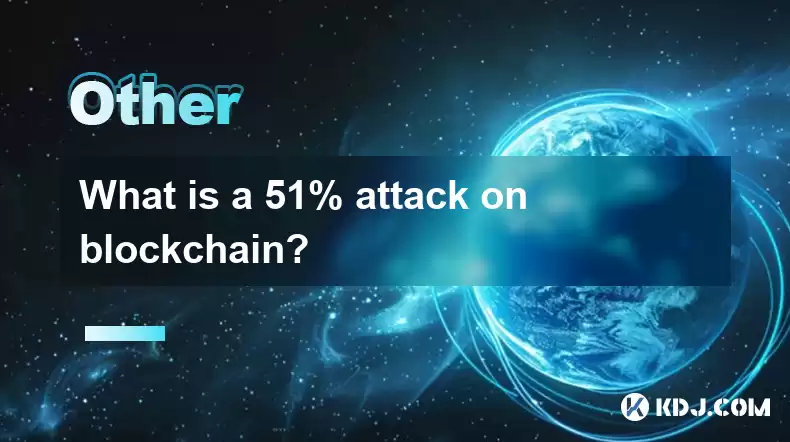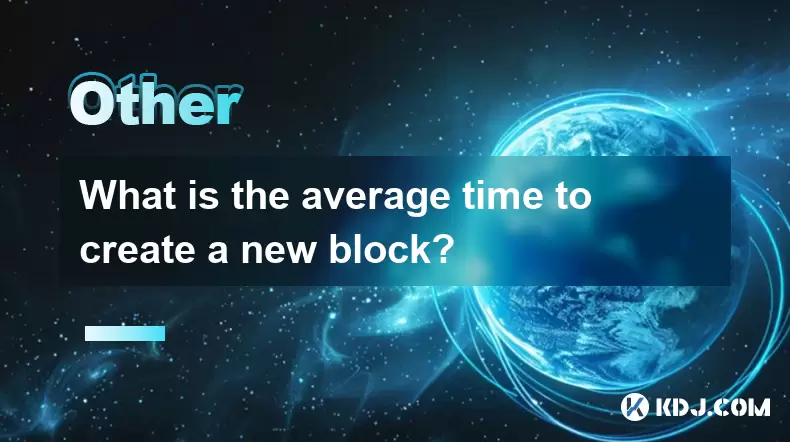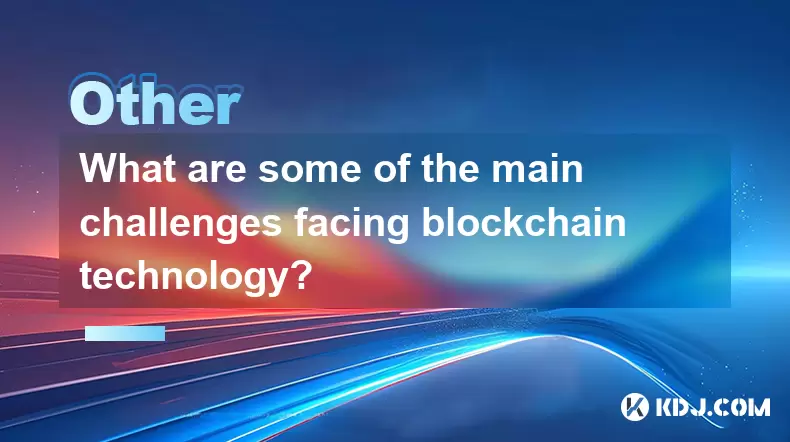-
 Bitcoin
Bitcoin $117500
2.15% -
 Ethereum
Ethereum $3911
6.19% -
 XRP
XRP $3.316
10.79% -
 Tether USDt
Tether USDt $1.000
0.01% -
 BNB
BNB $787.2
2.24% -
 Solana
Solana $175.2
4.15% -
 USDC
USDC $0.9999
0.00% -
 Dogecoin
Dogecoin $0.2225
8.40% -
 TRON
TRON $0.3383
0.28% -
 Cardano
Cardano $0.7868
6.02% -
 Stellar
Stellar $0.4382
9.34% -
 Hyperliquid
Hyperliquid $40.92
7.56% -
 Sui
Sui $3.764
7.63% -
 Chainlink
Chainlink $18.48
10.66% -
 Bitcoin Cash
Bitcoin Cash $582.1
1.88% -
 Hedera
Hedera $0.2601
6.30% -
 Avalanche
Avalanche $23.33
4.94% -
 Ethena USDe
Ethena USDe $1.001
0.02% -
 Litecoin
Litecoin $122.3
2.04% -
 UNUS SED LEO
UNUS SED LEO $8.969
-0.27% -
 Toncoin
Toncoin $3.339
0.86% -
 Shiba Inu
Shiba Inu $0.00001287
4.30% -
 Uniswap
Uniswap $10.43
7.38% -
 Polkadot
Polkadot $3.861
5.08% -
 Dai
Dai $1.000
0.02% -
 Bitget Token
Bitget Token $4.513
3.41% -
 Monero
Monero $267.7
-6.18% -
 Cronos
Cronos $0.1499
4.14% -
 Pepe
Pepe $0.00001110
5.15% -
 Aave
Aave $284.9
8.28%
What is a 51% attack on blockchain?
A 51% attack occurs when an entity gains control over half of a blockchain network's hashrate, enabling it to manipulate transactions and potentially disrupt the network.
Feb 18, 2025 at 10:18 am

Key Points of a 51% Attack on Blockchain
- Explanation of a 51% attack in the cryptocurrency industry
- Potential consequences of a 51% attack on a blockchain network
- Ways to mitigate the risks of a 51% attack on a blockchain network
What is a 51% Attack on Blockchain?
A 51% attack on blockchain happens when a single entity gains control over half of the network's hashrate, enabling them to manipulate the network and reverse confirmed transactions. This can have severe implications on the security and integrity of the blockchain.
To maintain the integrity of a blockchain network, decentralized consensus mechanisms like Proof-of-Work (PoW) are employed. Miners validate transactions and add new blocks to the chain by solving complex mathematical puzzles.
An entity with 51% of the network's hashrate could manipulate the blockchain in several ways:
- Double-Spending: Reverse confirmed transactions and spend the same coins twice.
- Block Withholding: Prevent new blocks from being added to the chain, disrupting network activity.
- Chain Reorganization: Revert the blockchain to an earlier state, potentially erasing recent transactions.
Potential Consequences of a 51% Attack on a Blockchain Network
A successful 51% attack on a blockchain network can lead to significant consequences, including:
- Loss of funds: Double-spending can lead to users losing their cryptocurrency balances.
- Disruption of services: Block withholding can disrupt smart contract execution and DApp functionality.
- Network instability: Chain reorganization can create uncertainty and confusion among network participants.
- Reputational damage: A successful attack can damage the reputation of the blockchain project and its underlying technology.
Ways to Mitigate the Risks of a 51% Attack on a Blockchain Network
Several measures can be implemented to reduce the likelihood and impact of a 51% attack:
- Decentralization: Distributing hashrate across multiple miners makes it harder for any single entity to gain control.
- Proof-of-Stake (PoS) Consensus: PoS mechanisms reduce the need for excessive hashrate, making 51% attacks more expensive.
- Directed Acyclic Graph (DAG) Architectures: DAG-based blockchains can make 51% attacks computationally infeasible.
- Transaction Confirmation Thresholds: Requiring multiple confirmations before a transaction is considered final can mitigate the impact of double-spending.
- External Audits and Security Reviews: Regular audits and reviews can identify potential vulnerabilities and improve network security.
FAQs Related to 51% Attacks on Blockchain
Q: What is the likelihood of a 51% attack on a major blockchain network like Bitcoin?
A: The probability of a 51% attack on a well-established blockchain with a large hashrate and decentralized network is considered very low.
Q: If a 51% attack occurs, what can users do to protect their assets?
A: In the event of a 51% attack, users should remain vigilant and monitor their accounts for unauthorized transactions. They may consider moving their assets to a more secure wallet or exchange.
Q: Are there any specific blockchain networks that are particularly vulnerable to 51% attacks?
A: Smaller, less established blockchain networks with a low hashrate are more susceptible to 51% attacks. Miners with significant hashrate may be able to gain control of these networks relatively easily.
Q: Can a 51% attack compromise the integrity of a blockchain's smart contract functionality?
A: Yes, a 51% attacker could potentially manipulate smart contract execution by reversing or modifying transactions that trigger smart contract actions.
Q: What is the role of blockchain governance in preventing 51% attacks?
A: Blockchain governance mechanisms, such as multi-signature arrangements and decentralized voting protocols, can help prevent malicious actors from gaining excessive control over the network and potentially launching a 51% attack.
Disclaimer:info@kdj.com
The information provided is not trading advice. kdj.com does not assume any responsibility for any investments made based on the information provided in this article. Cryptocurrencies are highly volatile and it is highly recommended that you invest with caution after thorough research!
If you believe that the content used on this website infringes your copyright, please contact us immediately (info@kdj.com) and we will delete it promptly.
- XRP ETF, Bitcoin ETF, and Japan: A New Era for Crypto Investing?
- 2025-08-08 14:30:12
- Crypto, Congress, and Bills: Navigating the Regulatory Landscape in 2025
- 2025-08-08 14:30:12
- Union Jack Oil, Unused Gas, and Bitcoin: A New York Minute on UK's Crypto-Energy Play
- 2025-08-08 14:50:12
- Bitcoin Price: Bullish Flag Points to $123K Breakout?
- 2025-08-08 14:50:12
- Crypto Group's WNBA Dildo Toss: Meme Coin Mania or Just Plain Dumb?
- 2025-08-08 14:55:13
- Stablecoins, Hong Kong, and On-Chain Finance: Navigating the Regulatory Maze
- 2025-08-08 12:30:12
Related knowledge

What is the purpose of a nonce in mining?
Aug 04,2025 at 05:56pm
Understanding the Role of a Nonce in Cryptocurrency MiningIn the world of cryptocurrency mining, the term nonce stands for 'number used only once.' Th...

Can data on a blockchain be deleted?
Aug 05,2025 at 04:00am
Understanding Blockchain ImmutabilityThe core principle behind most blockchain systems is immutability, which means that once data is recorded onto th...

What is the difference between on-chain and off-chain transactions?
Aug 02,2025 at 04:22pm
Understanding On-Chain TransactionsOn-chain transactions refer to digital asset transfers that are recorded directly on a blockchain ledger. These tra...

What is the average time to create a new block?
Aug 06,2025 at 09:21pm
Understanding Block Creation in Blockchain NetworksThe average time to create a new block varies significantly depending on the specific blockchain pr...

How are blocks linked together?
Aug 04,2025 at 06:56am
Understanding the Structure of a BlockchainA blockchain is a decentralized digital ledger composed of a sequence of blocks, each containing a list of ...

What are some of the main challenges facing blockchain technology?
Aug 07,2025 at 02:58am
Scalability Constraints in Blockchain NetworksOne of the most persistent challenges in blockchain technology is scalability. As blockchain networks gr...

What is the purpose of a nonce in mining?
Aug 04,2025 at 05:56pm
Understanding the Role of a Nonce in Cryptocurrency MiningIn the world of cryptocurrency mining, the term nonce stands for 'number used only once.' Th...

Can data on a blockchain be deleted?
Aug 05,2025 at 04:00am
Understanding Blockchain ImmutabilityThe core principle behind most blockchain systems is immutability, which means that once data is recorded onto th...

What is the difference between on-chain and off-chain transactions?
Aug 02,2025 at 04:22pm
Understanding On-Chain TransactionsOn-chain transactions refer to digital asset transfers that are recorded directly on a blockchain ledger. These tra...

What is the average time to create a new block?
Aug 06,2025 at 09:21pm
Understanding Block Creation in Blockchain NetworksThe average time to create a new block varies significantly depending on the specific blockchain pr...

How are blocks linked together?
Aug 04,2025 at 06:56am
Understanding the Structure of a BlockchainA blockchain is a decentralized digital ledger composed of a sequence of blocks, each containing a list of ...

What are some of the main challenges facing blockchain technology?
Aug 07,2025 at 02:58am
Scalability Constraints in Blockchain NetworksOne of the most persistent challenges in blockchain technology is scalability. As blockchain networks gr...
See all articles

























































































